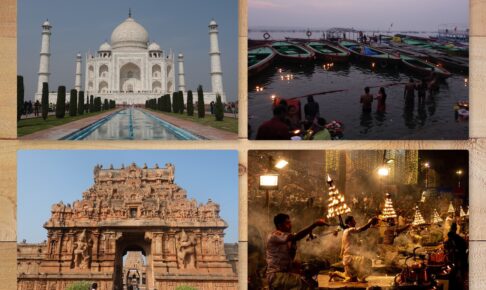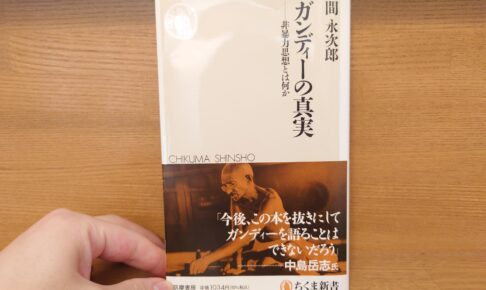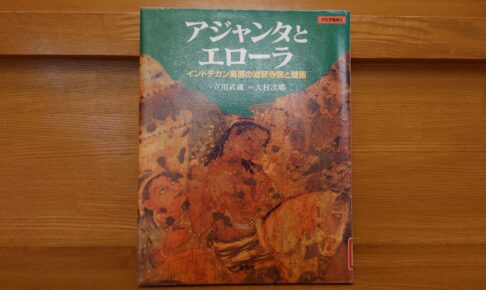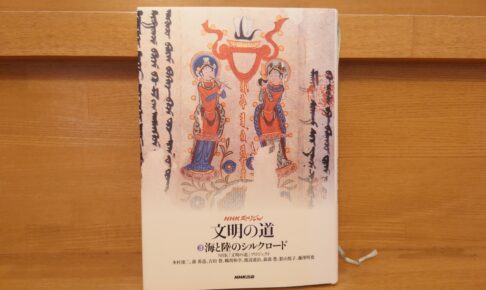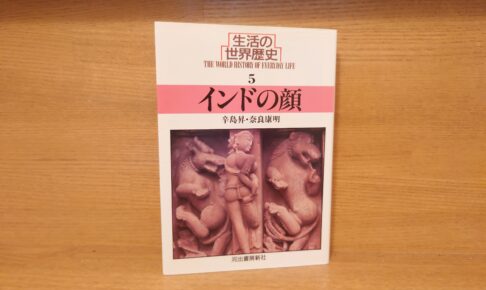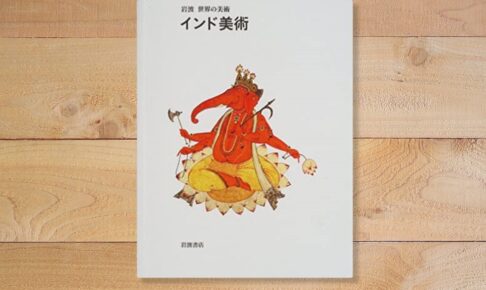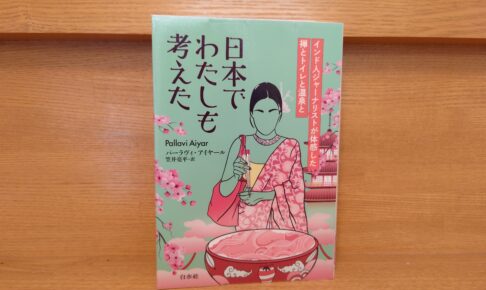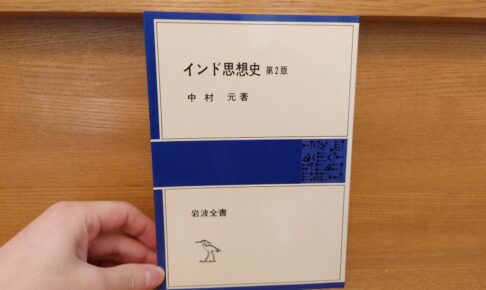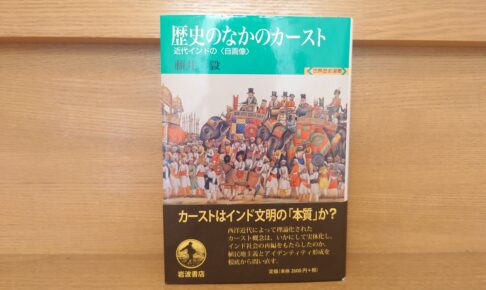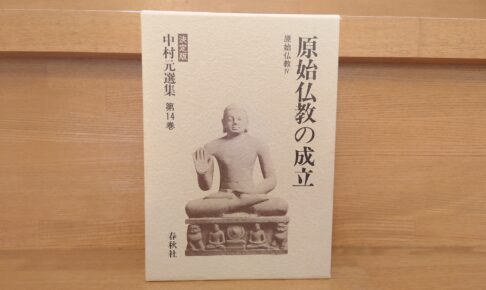List of recommended reference books to learn about Indian history, religion, and culture - The more you know, the more interesting the Indian swamp.
In this article I will present my recommendations for Indian reference books.
I am currently writing a series of articles on this blog entitled "[Travels to Buddhist Sites in India and Sri Lanka] A Journey to the Sacred Sites of Buddhism: What I Felt When I Was Called to India", and the books I am about to introduce have had a strong influence on me.











